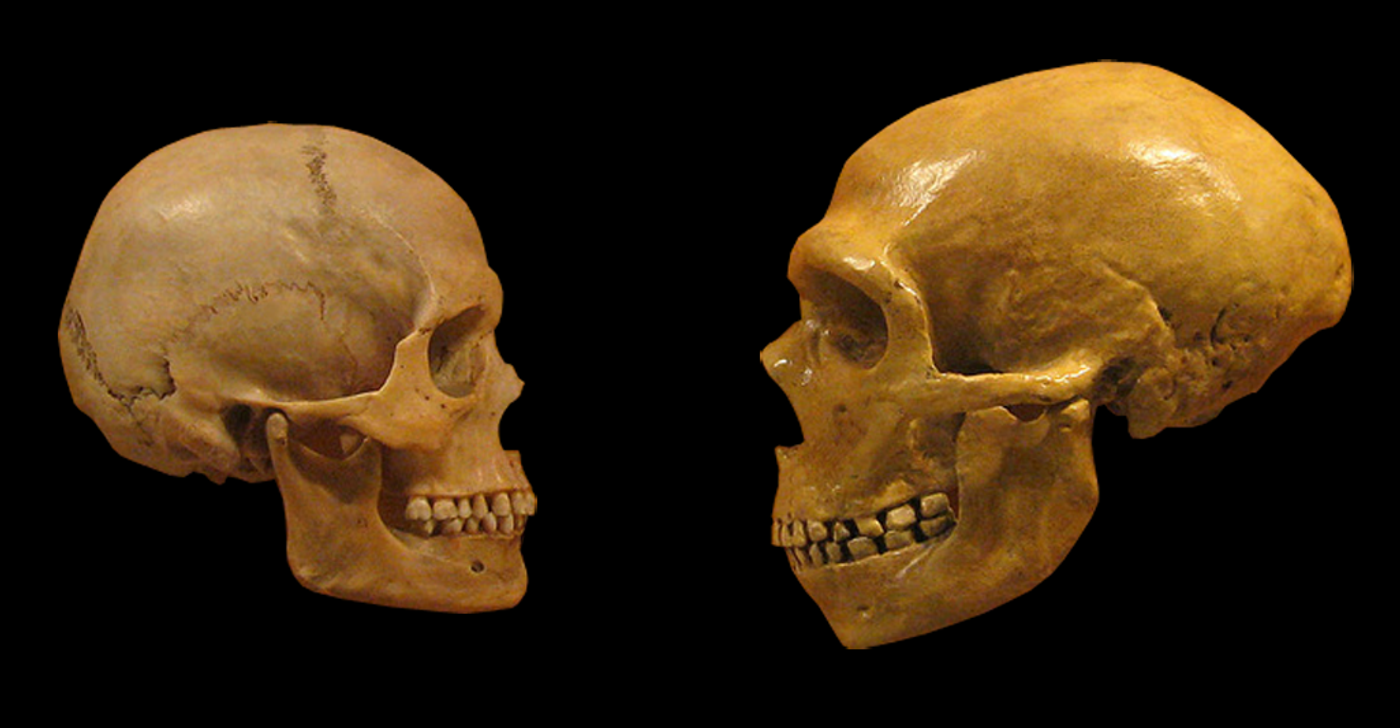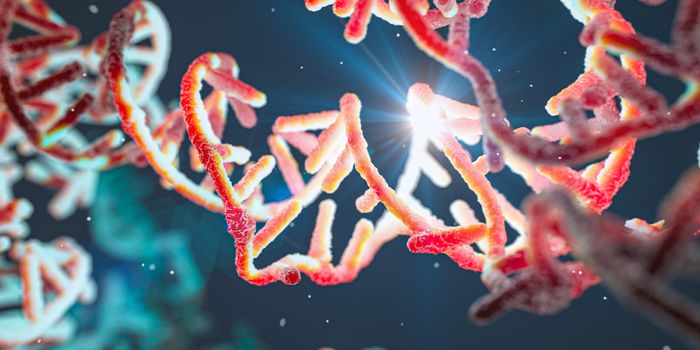Neanderthal Genes Have an Impact on Many Aspects of Health
It’s been established for some time that humans and Neanderthals interacted closely, enough for their DNA to enter the Homo sapien genome. We still carry some of that Neanderthal DNA with us. A new study reported in Science adds to the evidence that the Neanderthal contribution to our genome is exerting an influence on many different aspects of our physiology, from blood cholesterol to schizophrenia.
Scientists found a 50,000-year-old bone fragment in Vindija Cave in Croatia and were able to retrieve a very high-quality sample of DNA from it. After sequencing the genome, a high number of Neanderthal versions of human genes were identified. These Neanderthal variants are still carried by people living outside of Africa. The variants that the researchers identified in their study have been linked to rheumatoid arthritis, visceral fat buildup, plasma levels of LDL cholesterol and vitamin D, eating disorders, schizophrenia, and antipsychotic drug efficacy.
Previous work has linked neanderthal gene variants to human disease, but not all of these variants have a negative impact. “These [Neanderthal] variants sometimes protect against a disease, sometimes make people more susceptible to disease,” paleogeneticist Svante Pääbo of the Max Planck Institute for Evolutionary Anthropology in Leipzig, Germany, commented to Science magazine in 2016.
While other Neanderthal samples have been retrieved from Vindija Cave before this, three different genomes had to be fit together to form a complete sequence. This report is only the second instance of a high-quality sequence of the Neanderthal genome; the other was from a 122,000-year-old Siberian sample.
"It's really exciting because it's more than two times better to have two Neanderthal genomes," noted Tony Capra, an evolutionary genomicist at Vanderbilt University in Nashville.
Researchers will now be able to learn more about when Neanderthals and humans met up and traded genes. We will also likely learn a lot more about the lifestyle of Neanderthals. One example, the genetic data suggests that Neanderthals lived in groups of around 3000 individuals. We may also learn more about their health problems. That information may, in turn, help us understand more about our health issues, some of which may have been passed onto us from Neanderthals.
“This speaks to debates about why they went extinct,” Capra told Science Magazine. “They probably were less robust in their response to disease, starvation, and changes in climate.”
Humans carry many things in our biology that can help tell the history of our species, and this will be another part of our long story.
The research indicated that different groups of people inherited different levels of Neanderthal DNA. People living in East Asia appear to carry the most; they have levels of Neanderthal DNA from 2.3 to 2.6 percent. Those from western Asia and Europe had levels from 1.8 to 2.4 percent. This work also showed that interbreeding between H. sapiens and Neanderthals occurred earlier than thought, over 130,000 years ago.
Sources: Science News, Prüfer et al, Science









